Framestore Gets Magical
For two recent visual effects blockbusters - Doctor Strange and Fantastic Beasts and Where to Find Them - Framestore’s FX team was called upon to craft some rather magical, and memorable, effects shots.
In Doctor Strange, that involved an array of ‘Eldritch’ magic weapons, shields and gateways, plus the production of Mandelbrotting and fractal-looking sets. On Fantastic Beasts, among other effects, the studio had to quickly solve a look for the Disapparate effect where a character teleports.
For these diverse and magical effects, Framestore looked to Houdini’s procedural powers, not only for the intricate detail required but also the ability to set up looks and apply them across different shots and locations as well as to make changes quickly in a fast changing art-directed environment. Here’s a look at how they approached the various work.
The Eldritch Magic of Doctor Strange
The effect: This is the magic that Doctor Strange (Benedict Cumberbatch) and the ‘good guys’ perform, including rune shields, the gateway effect and whips. Each magical element had to look slightly different but also exhibit similar behaviours.
Since the Eldritch magic was based on energy and light, Framestore looked to long exposure photography reference for how it would craft the sparks. Early tests replicated long and curved spark elements, but the ultimate result became a mix of different spark lengths.
How they pulled it off: An important factor in making the magic effects possible was giving visual effects artists full control. For that reason, Framestore chose Houdini to generate the sparks and Eldritch effects.
Once the effects had been lookdev’d, they were wrapped into show-wide Digital Assets that fit into the studio’s proprietary pipeline. This meant Framestore could scale the effect across the whole show and run each shot automatically. Each component of the Eldritch effects was assetised modularly, with certain core assets built to maintain and update the signature look-dev across the entire family of Eldritch shots.
Magically Mandelbrotting
The effect: At times, the good and bad guys of Doctor Strange are able to manipulate their environment unbeknownst to the general public, partly to put off their adversaries. These manipulations took the form of Mandelbrotting or fractal-looking sets that Framestore built as a kit, meaning that the pieces were used multiple times and instanced in Maya and Houdini.
How they pulled it off: For the Houdini end, a suite of tools was built to handle how the fractal would look, and then applied only to the attributes needed for shading back onto the instancer points. The tool suite had a visualization of multiple fractal patterns, which could be tracked to the animation via a series of matrix calculations and offsets which get passed to the shader. The visualization had to be locked 1 to 1 with how Arnold would render, so a considerable amount of time was spent with the shading department exchanging fractal algorithms. Due to how heavy the fractals are, everything was done at render time. This allowed for the minimum output on disk, infinite resolution, and quicker turnarounds.
Doctor Strange takes on his adversaries in the Sanctum
One of the most challenging Mandelbrotting sets was required for a scene in which the evil Kaecilius enters the sanctum foyer. The fractal functions here had thousands of variations and each sanctum foyer piece had to be manually mapped for the pattern to be applied. Later, patterns would be evolved using the parameters from those functions, using chop networks to analyze animation. And on top of it all, the vision on how it all should look changed almost every week during the time of the production. As a result, Framestore made various libraries of fractal presets that could be swapped out based on notes from client.
Disapparate! More Magic in Fantastic Beasts
The effect: The Disapparate effect is the teleportation of a character from one place to another. In Fantastic Beasts and Where to Find Them, the effect had to feel similar to previous films in the Harry Potter series, where each limb of the character had to move independently yet feel connected and ultimately collapse into a singularity. The Disapparate effect a late addition to the production schedule for the FX department at Framestore, but it meant that Houdini would be a good fit as it allowed the team to quickly develop procedural systems that could fit inside the studio’s proprietary pipeline.
How they pulled it off: Since the shots had to be pulled off quickly and across multiple sites, the tool for the Disapparate effect had to be easy to use and have a fast turnaround time. Framestore therefore took advantage of the native modular nature of Houdini to roll out the tool in sections, so that artists at different sites could generate preview animation while the final result was being generated.
The preview tool generated curves based on random transforms using a central pivot that was capable of being animated. These curved describe the shape and speed at which the trails would form, and had manipulators to post deform and manipulate artistically based on the high level of artistic direction the filmmakers were providing.
A breakdown of Framestore’s many and varied visual effects in Fantastic Beasts, including other work done in Houdini such as the volumetric animals, and various snow and ice kick-ups in the zoo sequence
Once ready, the secondary tool simply plugged into the first tool that had been used to approve shots by supervisors. This then generated the final volumes and secondary simulations that pushed the shots through to final. The main part of the effect was generated using SDFs and manipulating the distance component using VEX in order to generate the motion blur style temporal effect and secondary fluid dynamic simulations were delicately added to provide extra interest without detracting from the main composition of the shots.
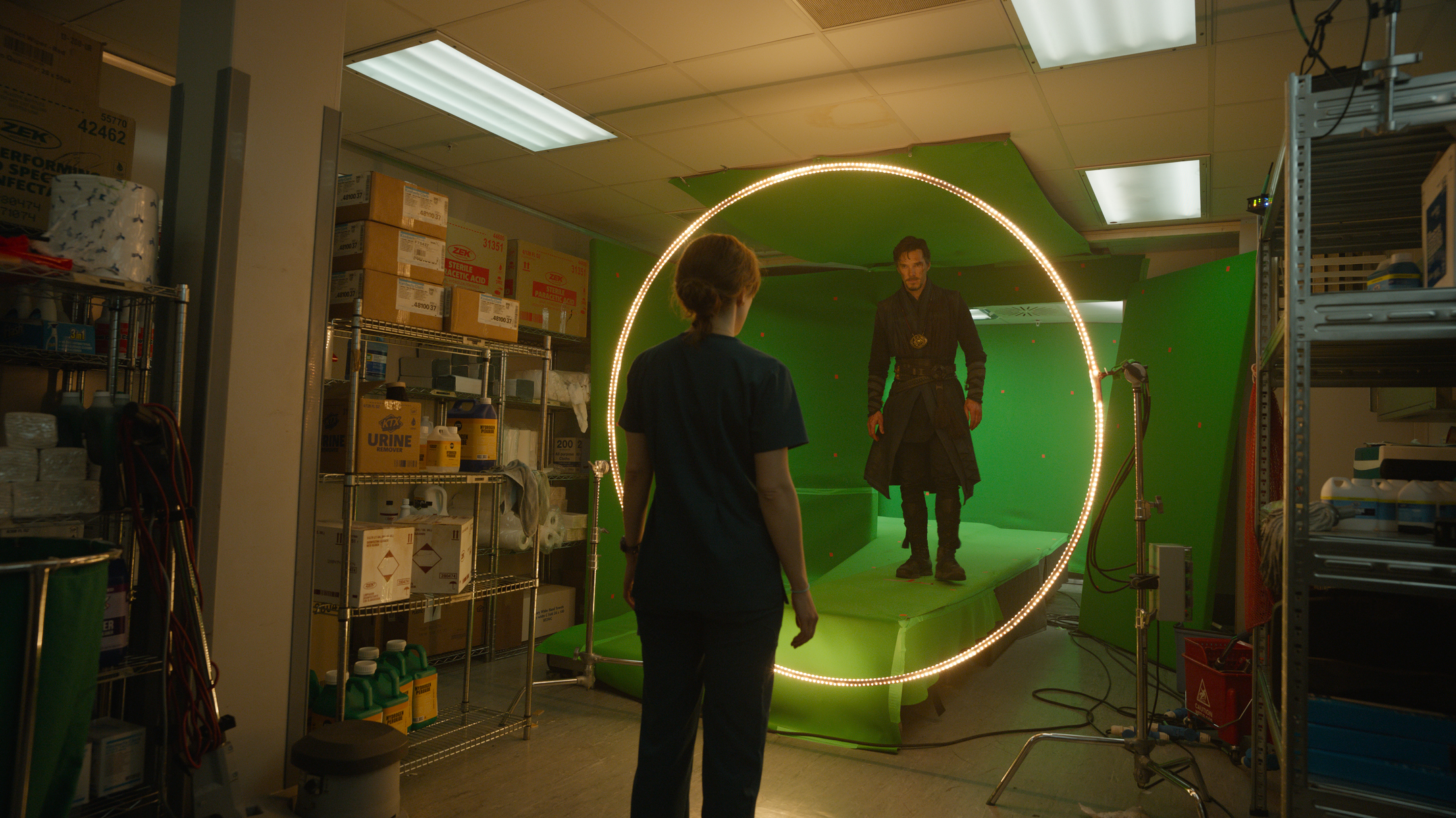
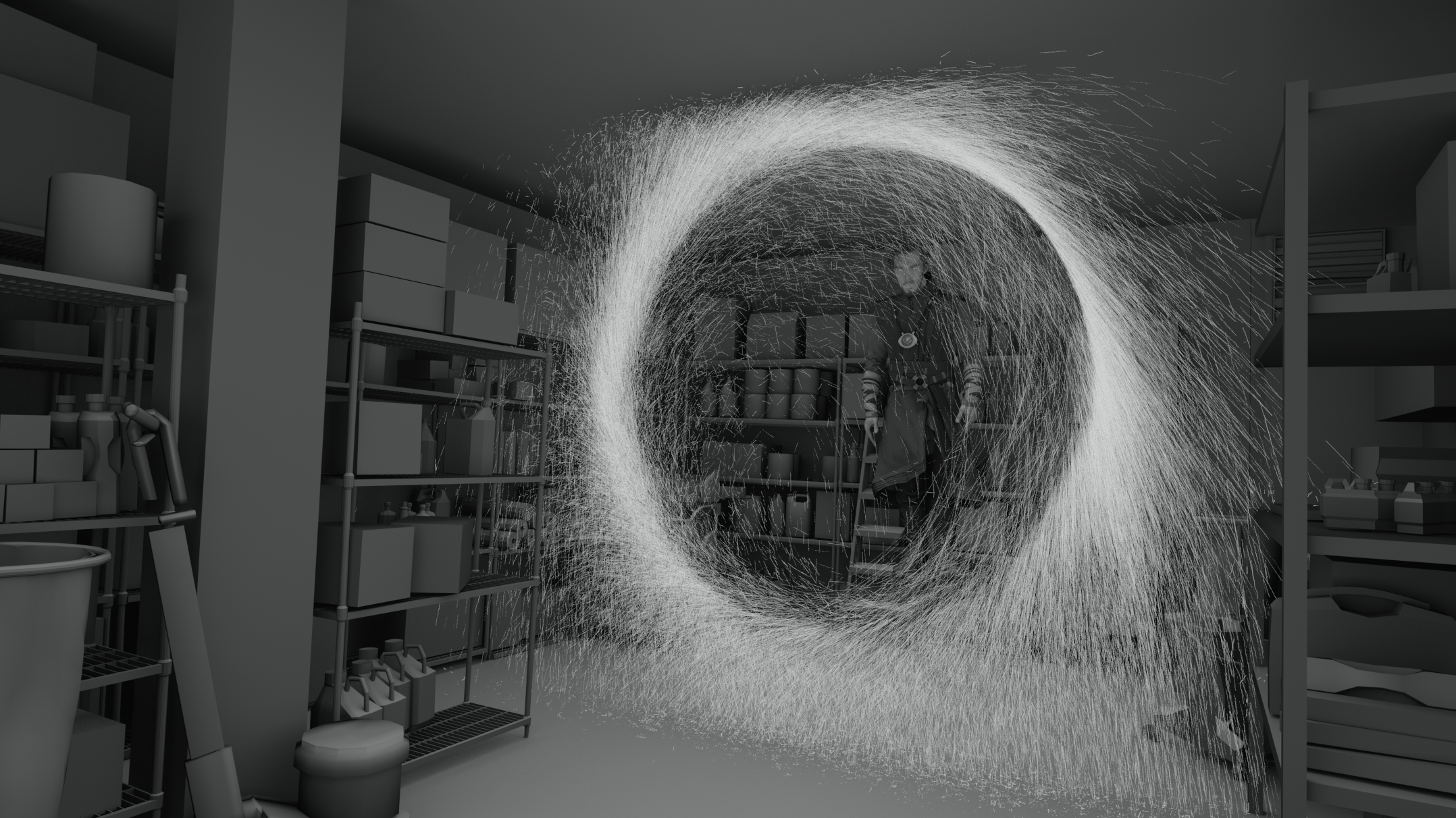
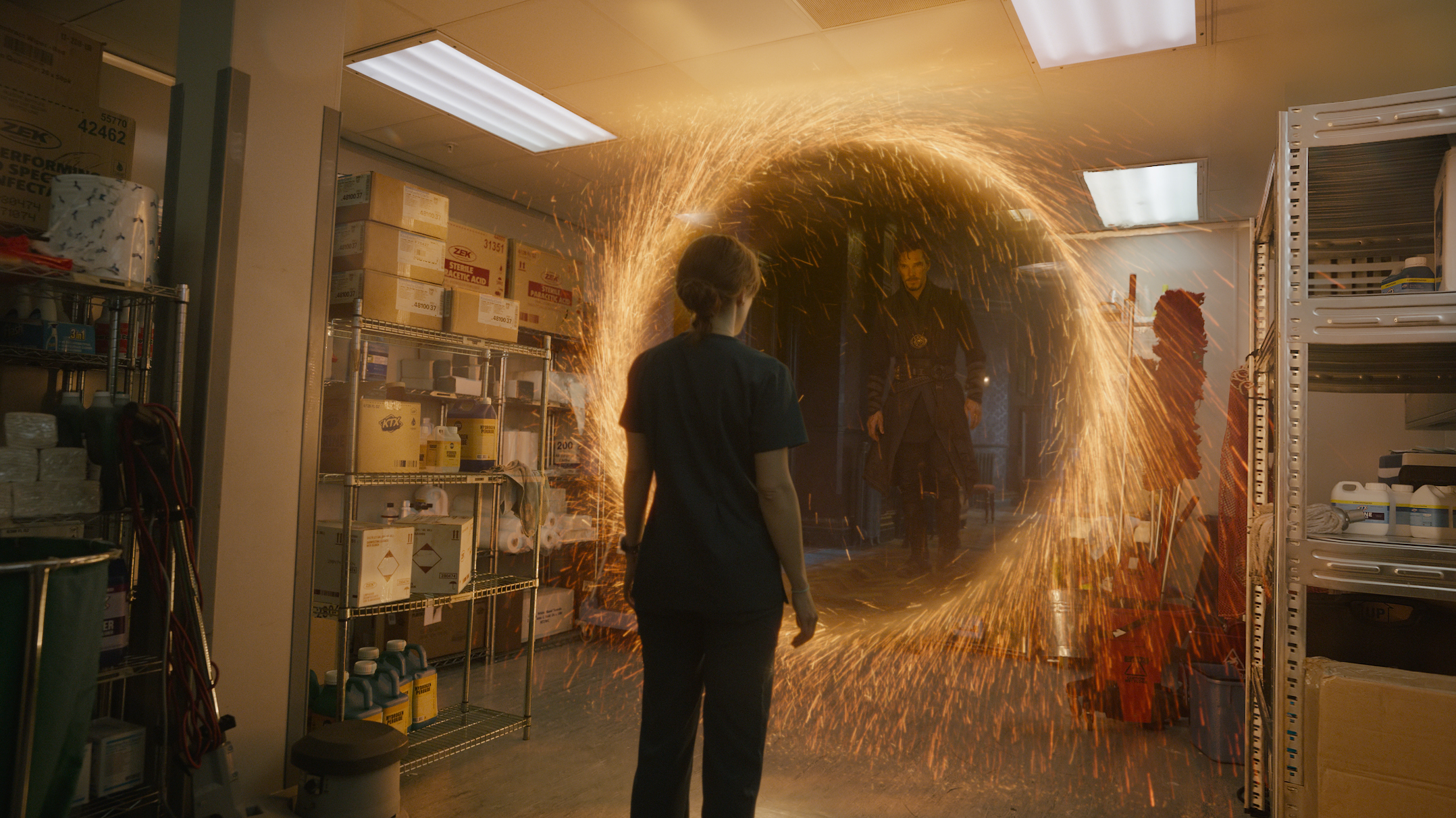
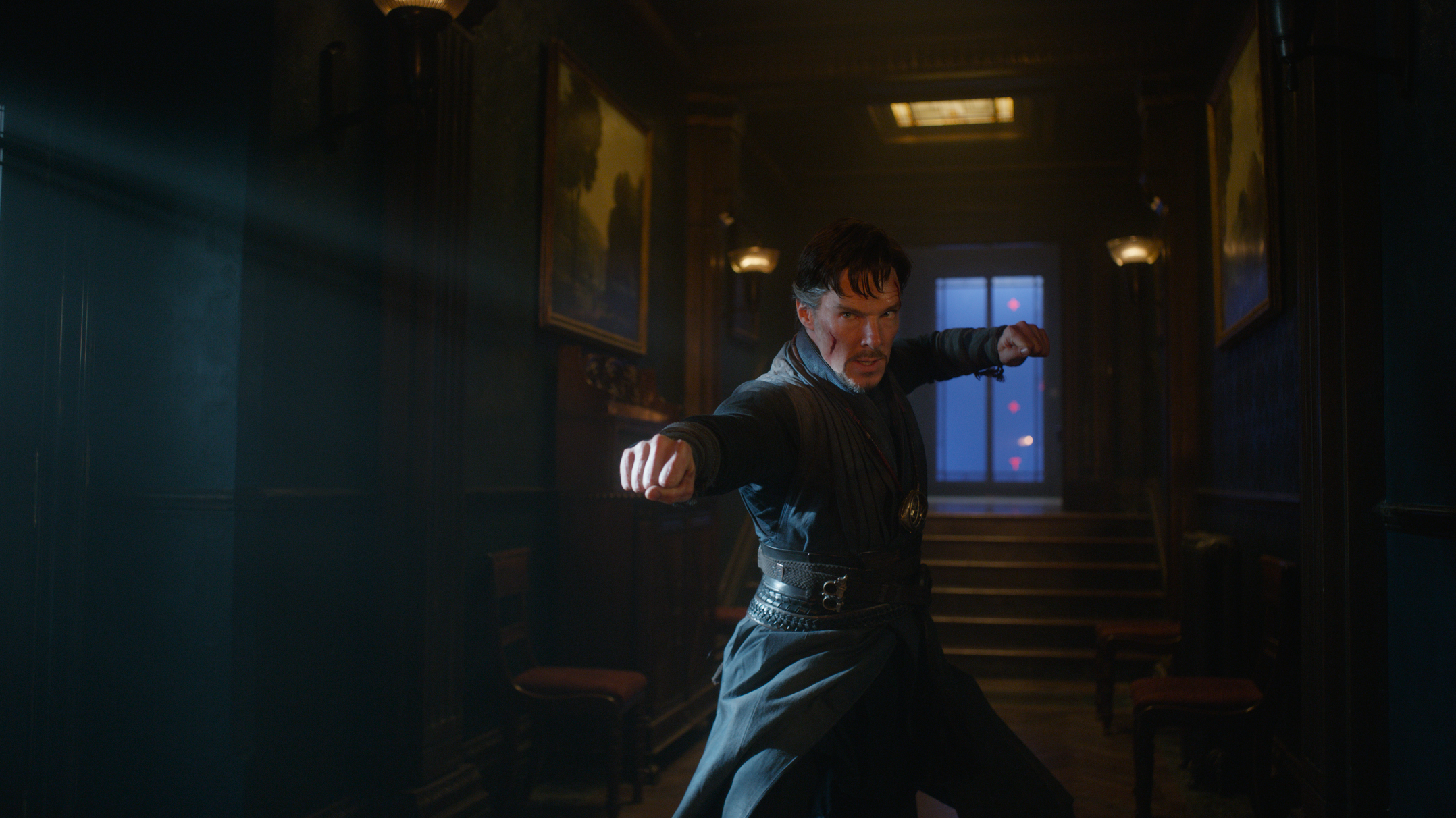
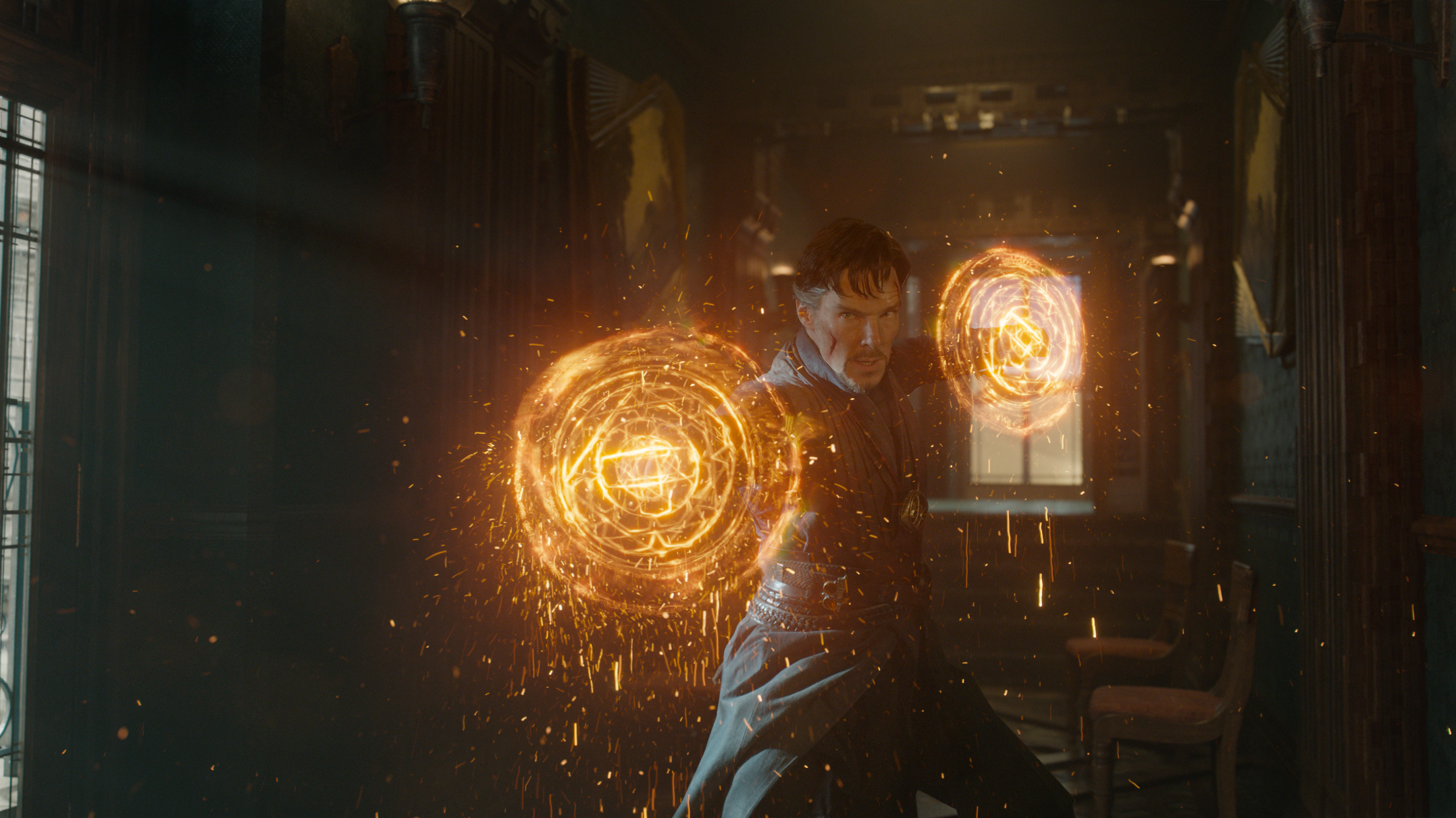
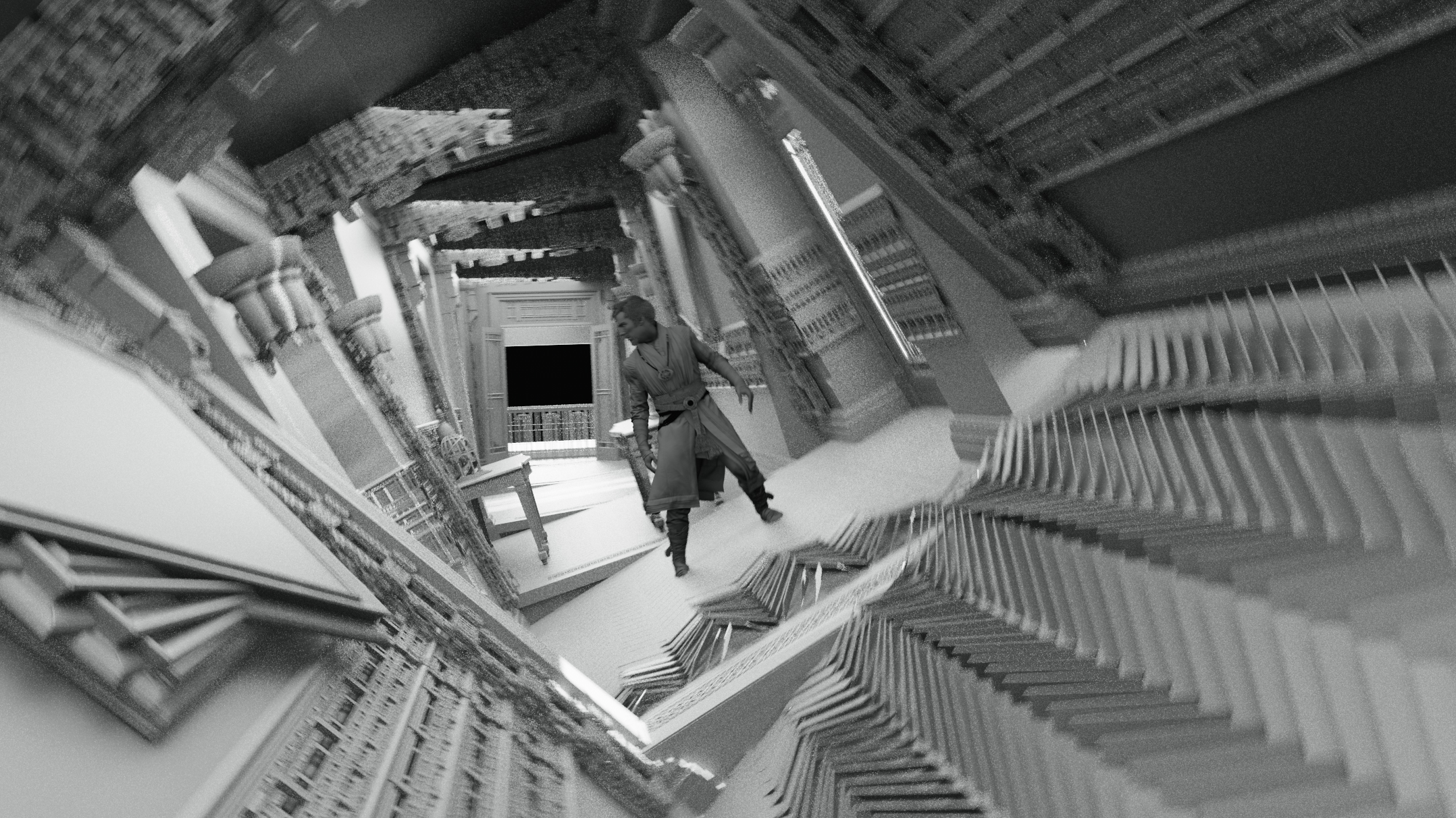
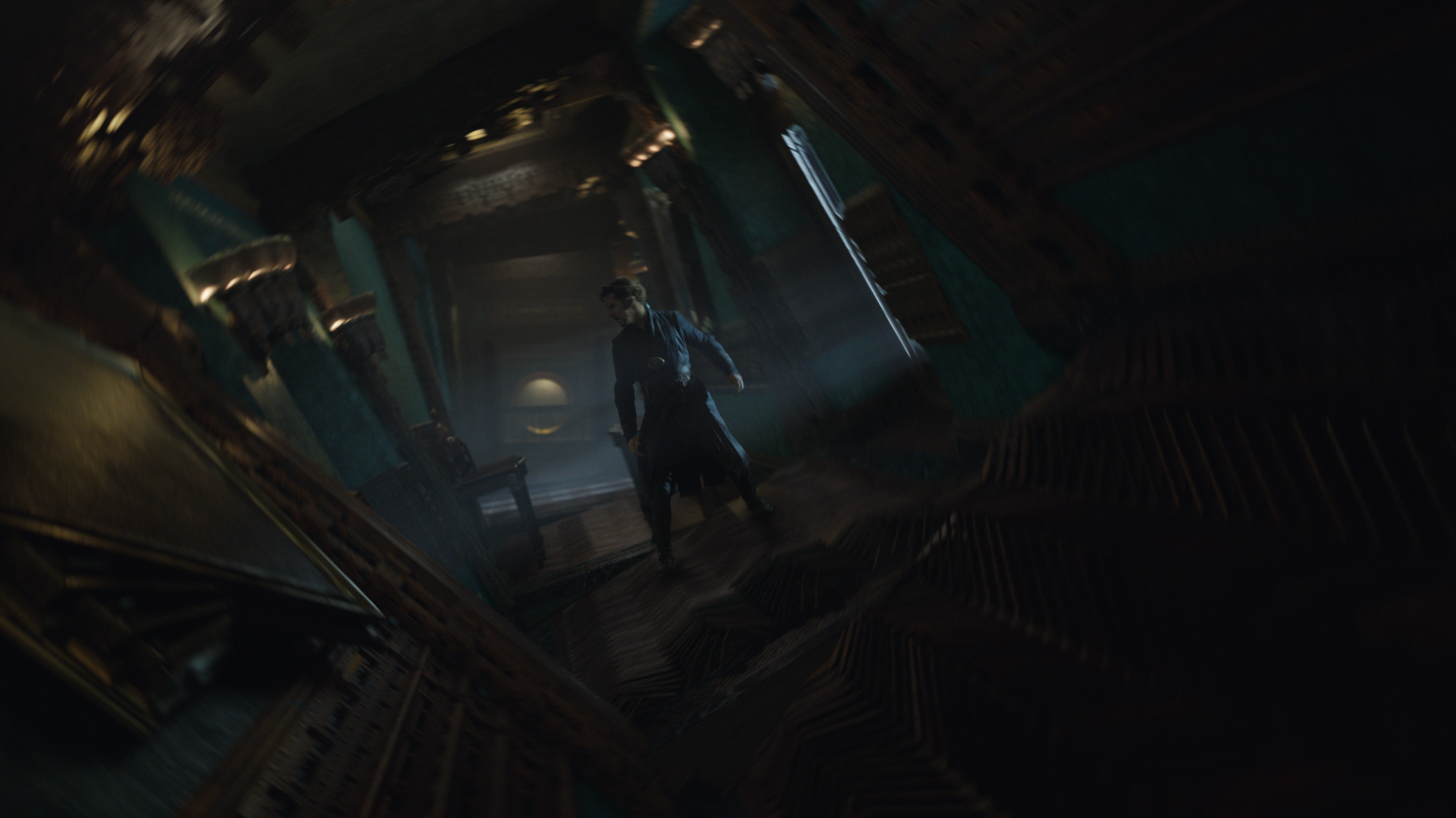
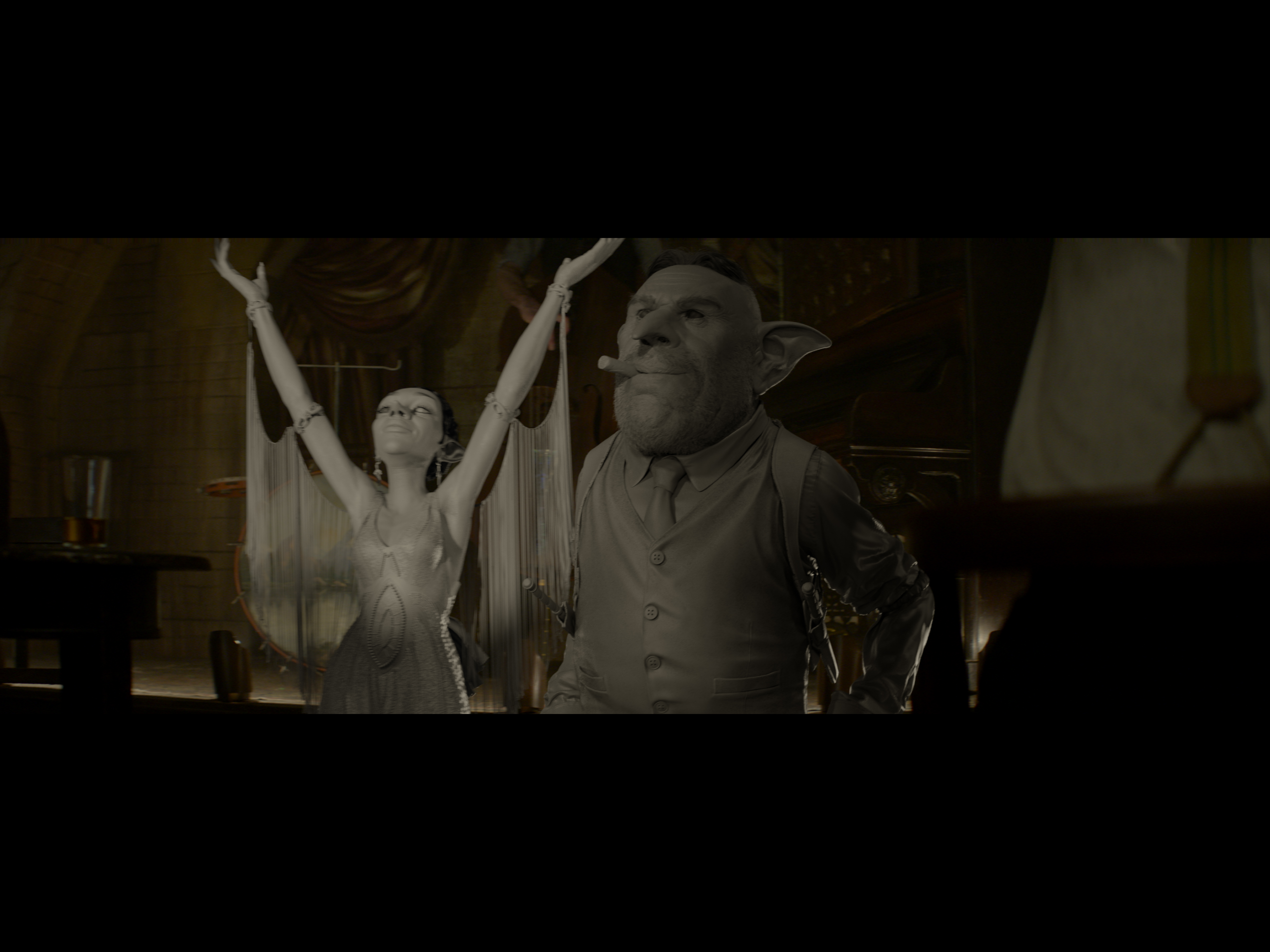
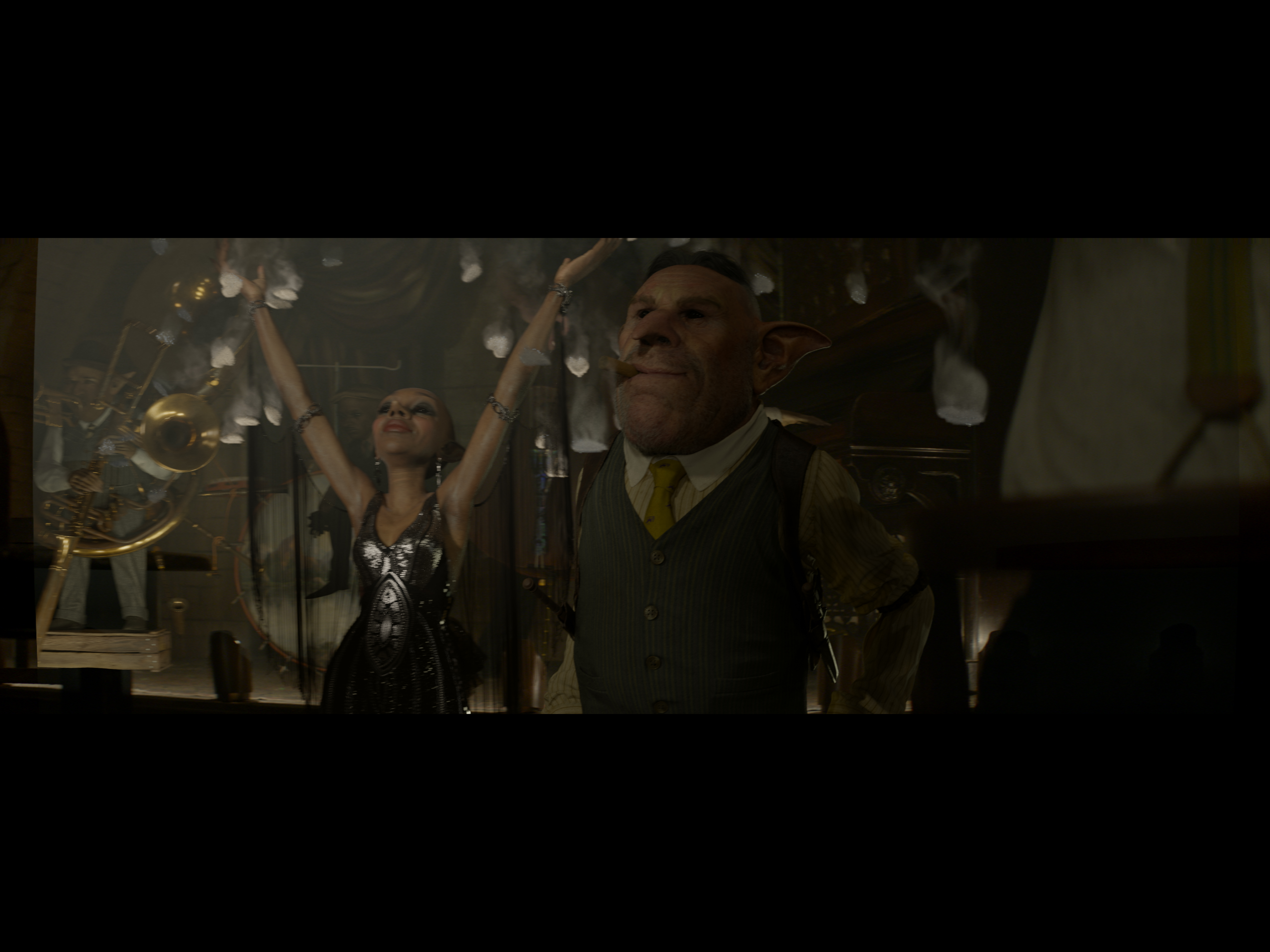
COMMENTS
Please log in to leave a comment.